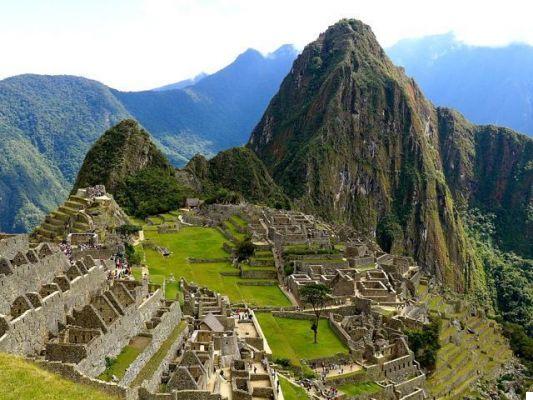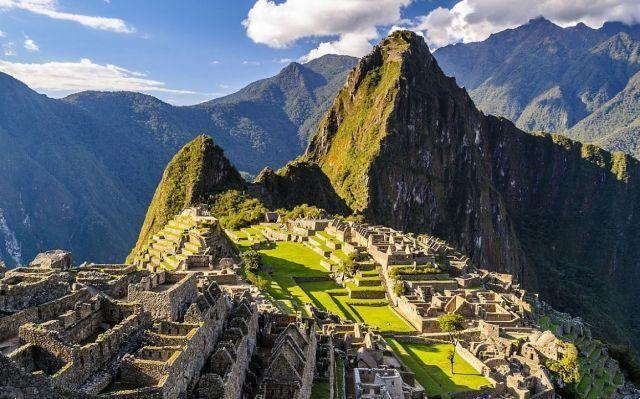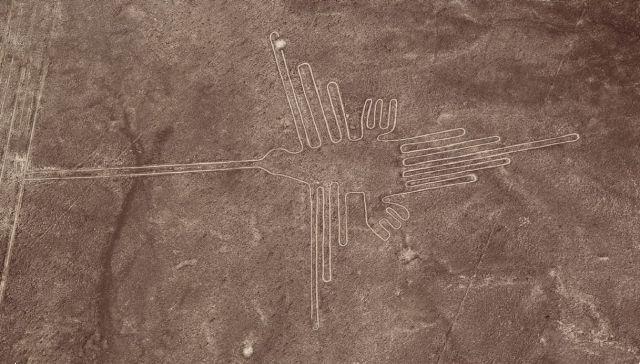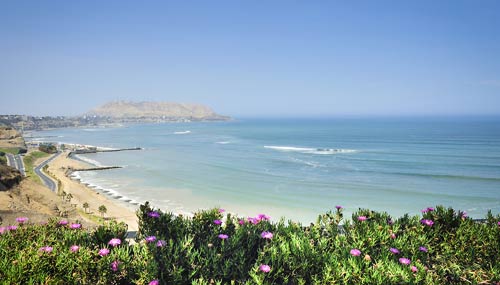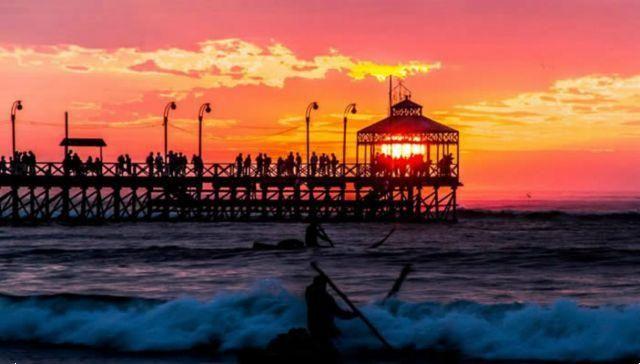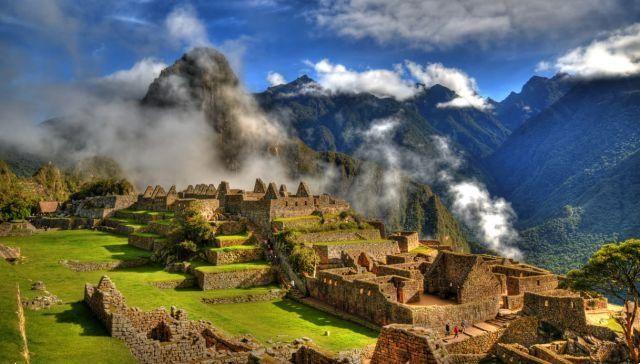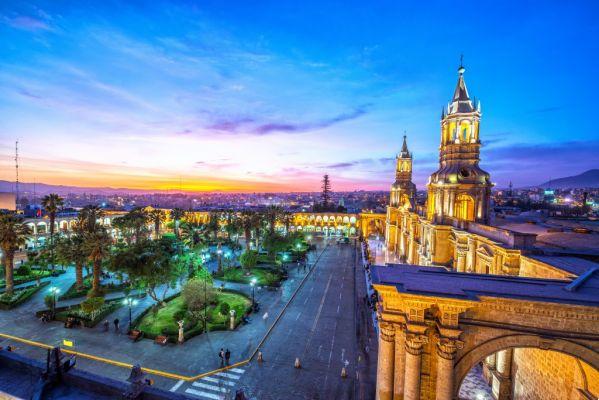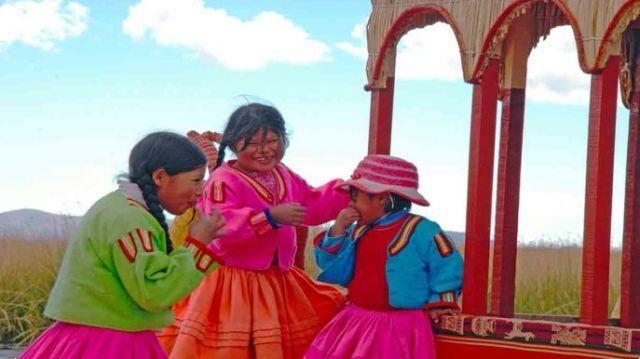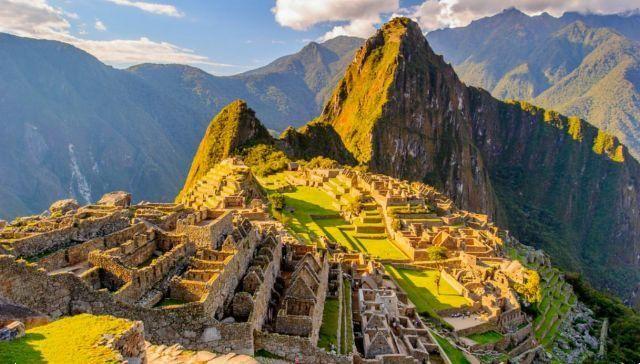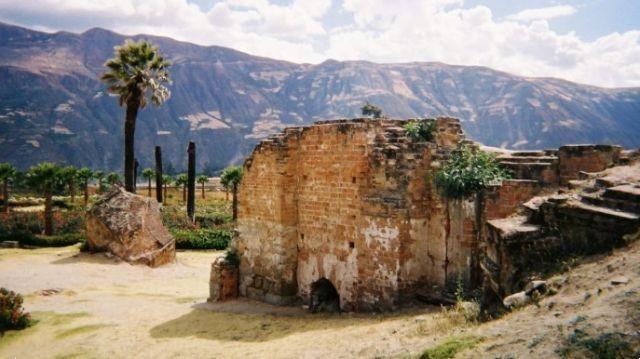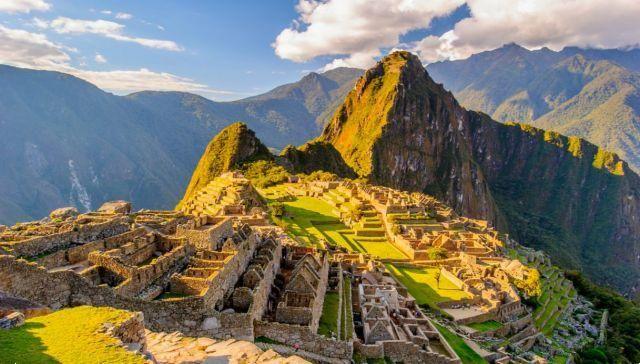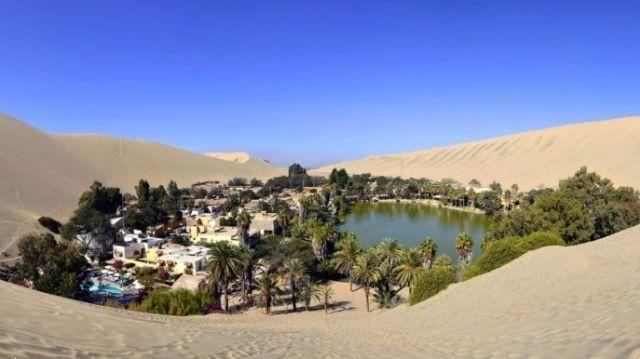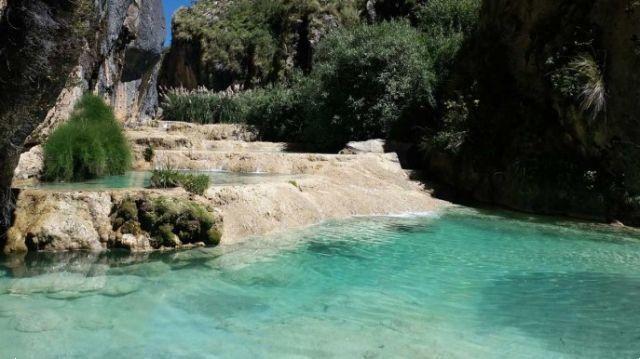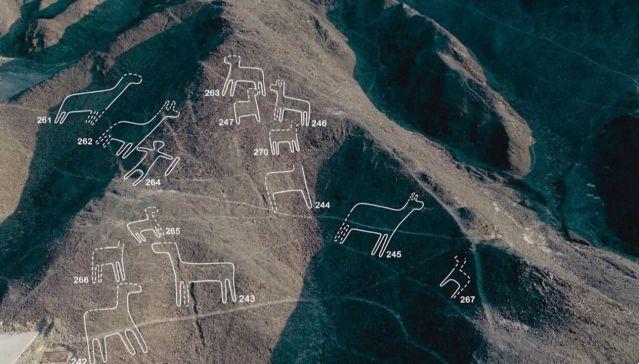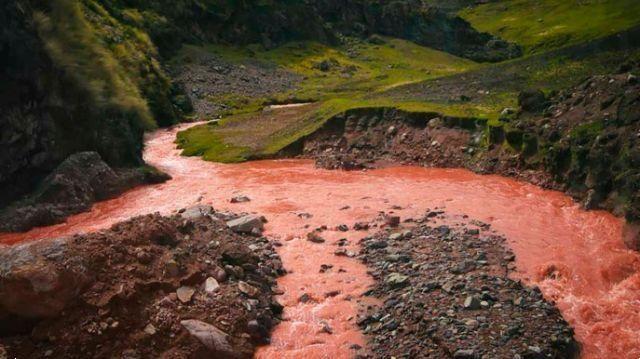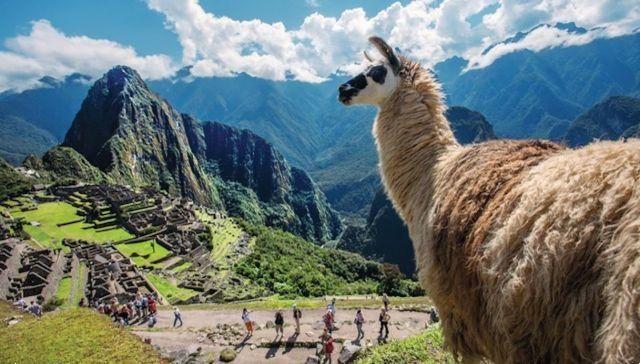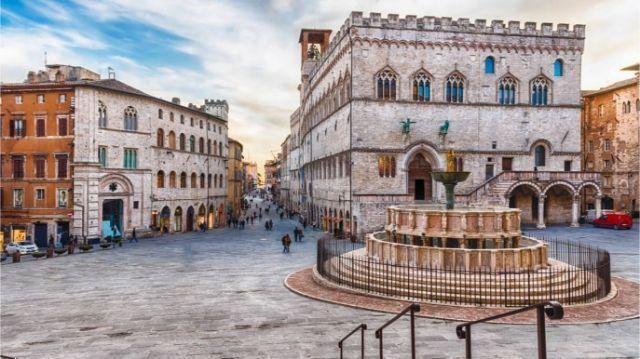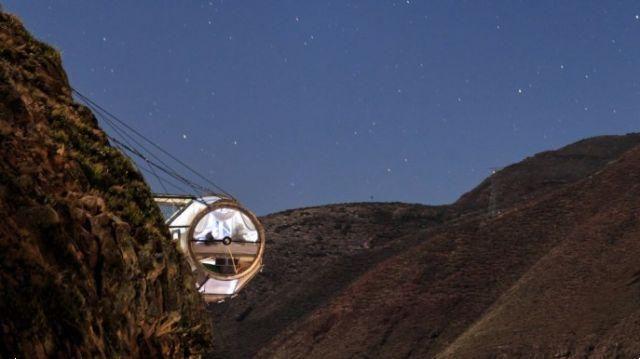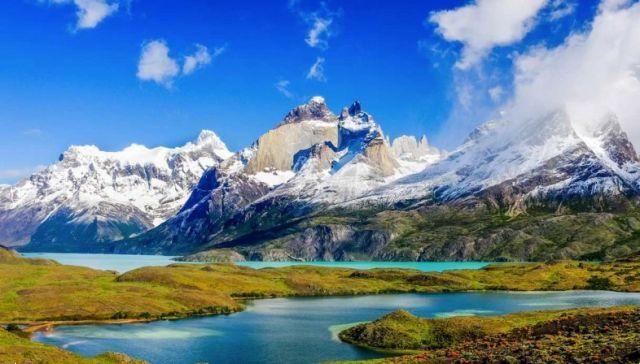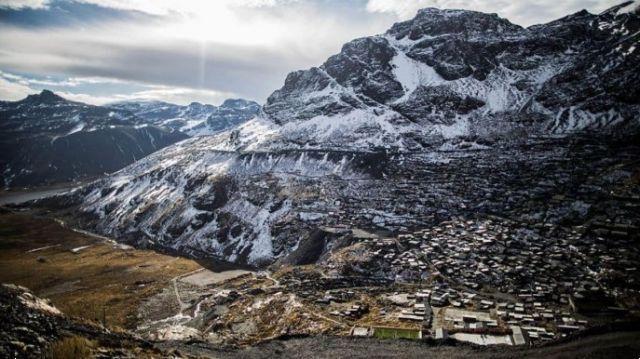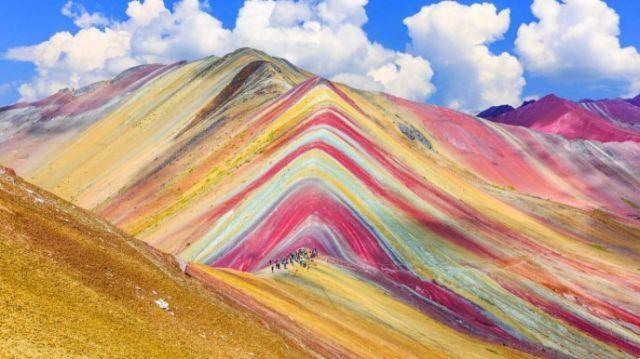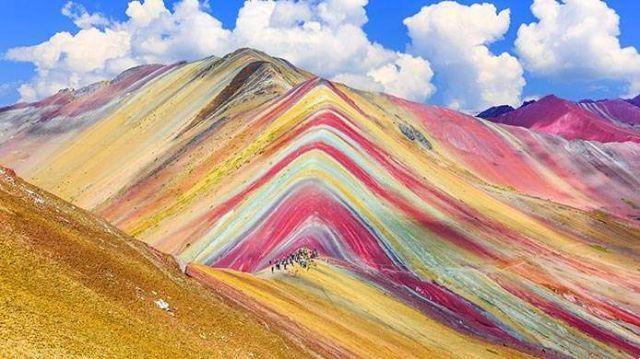 Travel guide to Peru: all the best of the Latin American country from the Andes to the Pacific Ocean, including history, art and nature.
Travel guide to Peru: all the best of the Latin American country from the Andes to the Pacific Ocean, including history, art and nature.
Peru is the third largest country in South America, a territory of almost 1.300.000 square kilometers - 4 times the size of Italy - squeezed between the Pacific Ocean along the entire western coast, Ecuador and Colombia to the north, Brazil and Bolivia to the east and Chile to the south. Rich in historical, architectural and naturalistic heritage of exceptional value, it is one of the most popular tourist destinations among travelers from the American continent, but also from Europe. Here is a brief excursus on the unmissable destinations of Peru.
Lima, stop in the capital
Lima, the "city of kings", the political, financial and administrative capital of Peru, is an urban agglomeration of over 8 million inhabitants. Built by the Spanish conquistador Francisco Pizarro along the Pacific coast, on the banks of the Rímac river, it preserves intact the vestiges of the colonial era. Visit the historic center, starting from cathedral dedicated to Saint John the Apostle and Evangelist, dating back to the 16th century and architecturally characterized by different styles ranging from late Gothic to Renaissance, from Baroque to Plateresque. On the Plaza Mayor, admire the facades of the Royal Guard buildings, the Government Palace and the Municipal Palace.
In the surroundings of the historic center of the capital of Peru, go in search of the convent of Santo Domingo (with adjoining museum), the basilica of San Francisco and visit the Museum of Congress and the Inquisition (currently closed for renovation). Lima is also a university city: we suggest a visit to the UTEC building, the University of Engineering and Architecture, which is located in the Barranco district and indicated by the Royal Institute of British Architects as the most beautiful building in the world.
The unreachable peaks of the Andes
About 600 kilometers north of the capital of Peru, lies the Huascarán National Park, a biosphere reserve since 1977 and also a UNESCO world heritage site since 1985. In the extensive Andean park of white mountain range stands out the Huascarán, a peak that reaches 6.768 meters above sea level and which is found in the company of other mountain giants such as the Huandoy (6395 m) and the Chopicalqui (6345 m). The “Don Bosco 6000” Agency created by the Italian volunteers of Operation Mato Grosso organizes expeditions with local Andean guides and hospitality in some refuges in the Cordillera Blanca.
The mysterious Nazca lines
Leave Lima and head south, along the Pacific coast, to reach Nazca and the Jumana pampas, in the Ica region. A 450 kilometer journey on the Carretera Panamerica Sur that will take you to the arid plateau of southern Peru where you can see, but only from above, the lines or, rather, the geoglyphs traced on the ground between 500 BC. and 500 AD. and which recall images of natural and anthropomorphic elements such as the hummingbird or the spider. The site is a UNESCO World Heritage Site and local agencies organize tours to fly over the area and appreciate from the sky these fantastic testimonies of one of the pre-Columbian civilizations that inhabited these lands.
The colonial city of Arequipa
In 2000, UNESCO included the historic center of the city of Arequipa, about 1.000 kilometers away from Lima (and over 500 kilometers south of Nazca), in the list of world heritage sites in Peru. Located at the foot of the El Misti volcano, it is known as the white city precisely because of the very light colored volcanic stone, called "sillar", used for the construction of buildings; the churches and colonial houses in the center are a unique example of a mix between the construction techniques of the natives and those of the European conquerors. Near Arequipa, take an excursion to the Salinas-Aguada Blancas national reserve, created to safeguard unique specimens of flora and fauna.
Lake Titicaca
From Arequipa head inland to get to Puno (generally via Juliaca), the gateway to Lake Titicaca and the national reserve of the same name, on the border between Peru and Bolivia. The largest lake in South America is located at an altitude of over 3.800 m above sea level! The islands are home to some communities that preserve the traditions and customs of the ancient populations of the lake: fishing and agriculture are the main activities together with craftsmanship. A boat trip to the mountains is a must Floating Islands of the Uros (pre-Inca population of Peru), artificial floating islands built with the woven reeds of a local plant called totora.
Cusco, the heart of the Andes
The first location in Peru designated by UNESCO as a world heritage site in 1983 (along with Machu Picchu) is the city of Cusco which is located south-east of the South American capital and can be reached with a flight from Lima or via a road trip. 20 hour drive! Ancient urban centre, capital of the Inca empire, who settled here in the XNUMXth century, it presented itself to the eyes of the Spanish looters as a rich and exceptionally organized city from an administrative, political and military point of view. If you are in Cusco at the end of June, don't miss the festival dedicated to the sun god, Inti Raymi, which is celebrated on the 24th of the month and which recalls the traditional Inca rites linked to the winter solstice.
The pre-Inca site of Machu Picchu
From Cusco it is possible to travel to the historic sanctuary of Machu Picchu; or, better yet, get to the base of the Sacred Valley because the actual archaeological site can only be reached by train or by walking on the paths ofinca trail, a splendid 4-day trek (inaccessible in February; require permits). The ancient Inca citadel, which is located at 2.430 m above sea level and is surrounded by tropical mountain forest, was rediscovered only at the beginning of the XNUMXth century and includes a complex of buildings for religious, administrative and agricultural use.
To reach Peru from Italy it is necessary to take into account a long flight... the flight lasts, in fact, about 16 hours and has the Jorge Chávez international airport in Lima as its destination. Also remember that most European airlines stop at the airports of Madrid, Paris and Amsterdam. The most well-known tourist locations such as Cusco, Arequipa, Pucallpa, Tarapoto, but also Ayacucho, Huanuco, Iquitos can be reached with internal flights of the LCP Peru, Star Peru, Peruvian airlines.




